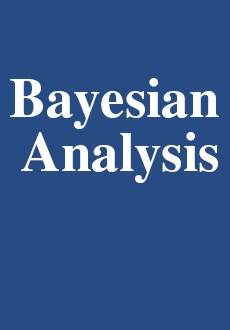Abstract
Bayesian decision theory is profoundly personalistic. It prescribes the decision that minimizes the expectation of the decision-maker’s loss function with respect to that person’s opinion . Attempts to extend this paradigm to more than one decision-maker have generally been unsuccessful, as shown in Part A of this paper. Part B of this paper explores a different decision set-up, in which Bayesians make choices knowing that later Bayesians will make decisions that matter to the earlier Bayesians. We explore conditions under which they together can be modeled as a single Bayesian. There are three reasons for doing so:
1. To understand the common structure of various examples, in some of which the reduction to a single Bayesian is possible, and in some of which it is not. In particular, it helps to deepen our understanding of the desirability of randomization to Bayesians.
2. As a possible computational simplification. When such reduction is possible, standard expected loss minimization software can be used to find optimal actions.
3. As a start toward a better understanding of social decision-making.
Citation
Joseph B. Kadane. Steven N. MacEachern. "Toward Rational Social Decisions: A Review and Some Results." Bayesian Anal. 9 (3) 685 - 698, September 2014. https://doi.org/10.1214/14-BA876
Information





